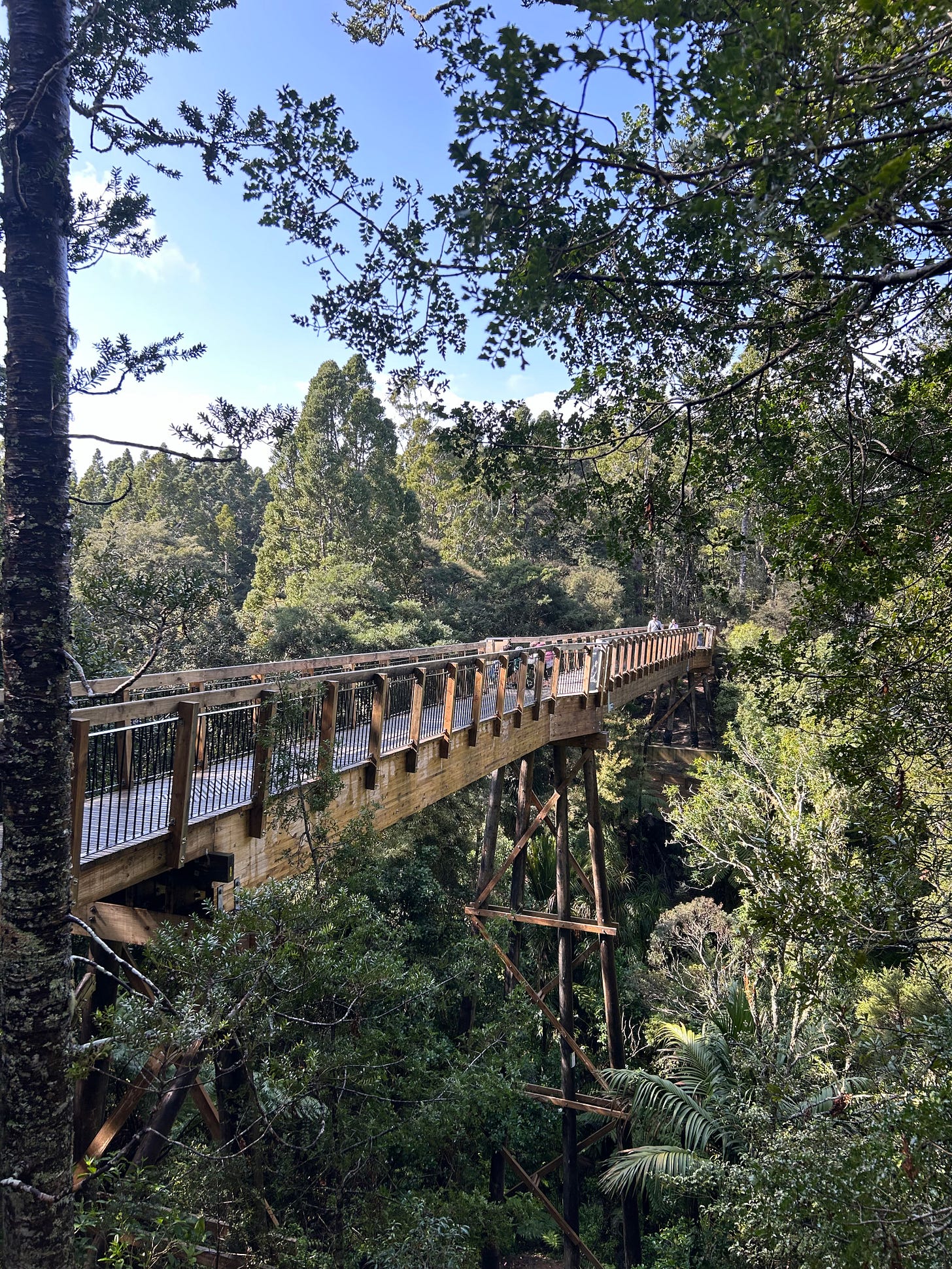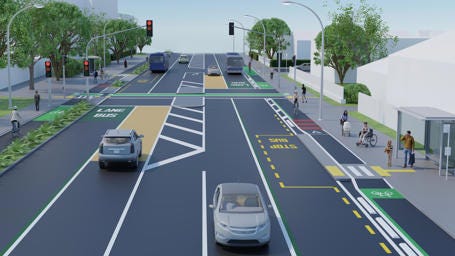The ingredients for creating great neighbourhoods
The recipe to make our neighbourhoods a great place to live.
Let me start by asking: What made the neighbourhood you live in now or in the past a great place to live? You probably have many thoughts in your head, but the ones that would stand out are the amenities you enjoyed in those neighbourhoods. The old saying when people say what is important when finding a home to live in is “Location, Location, Location”, with amenities and quality of life being big magnets in drawing people to make these neighbourhoods their home. At the same time, responses that come to your head are what was missing in these neighbourhoods and what was needed to make them better places for those who call them home.
So, write down your shopping list and head down to your local supermarket as we discuss the ingredients needed as part of our recipe to create more thriving neighbourhoods in our cities.
Thriving town centres:
We’ll start by adding our first ingredient: our town centres. No matter how big or small they are, our town centres are the hub of our neighbourhoods. It’s where people access local shops, do the milk run at the local dairy or supermarket, have weekend brunch or drinks with friends and whānau at local eateries, and access facilities such as libraries, recreational centres and community centres. Having more amenities in our town centres and creating opportunities to add new life with public realm improvements (e.g, public squares, parks, pedestrian connections) helps support our neighbourhoods as the population of our cities continues to grow.
An example is Te Hono, a new community centre and library currently under construction in the Tāmaki Makaurau Auckland suburb of Avondale. With the intensification that has been occurring in the suburb in recent years, Te Hono will help create stronger communities. Eke Panuku, alongside organisations in the Auckland Council whānau and the private sector, is working on a workstream of projects in the Avondale town centre, including new public spaces and housing developments.
Another example in Tāmaki Makaurau is the workstreams underway in the town centre at Papatoetoe, guided by the Old Papatoetoe Masterplan, consisting of:
Upgrades to streets and pedestrian laneways.
New active modes connections.
Upgrades to parks and community facilities.
Stormwater improvements
Restoration of heritage buildings.
The construction of affordable housing consists of different housing typologies.
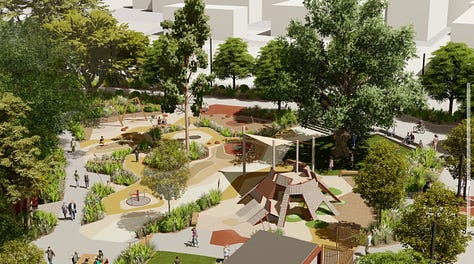
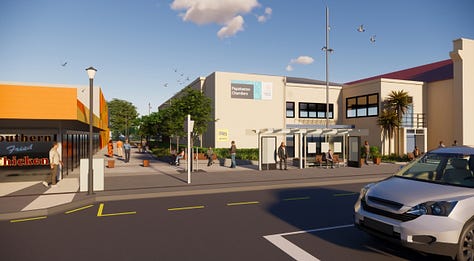
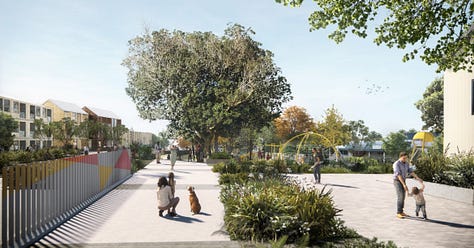
Diversity of housing choices:
This moves us to our next ingredient: the need for diverse housing choices. Historically, our cities in Aotearoa New Zealand were largely built with a low-density suburban pattern with single-family housing with big backyards to achieve the quarter-acre dream that was desired in Aotearoa New Zealand, especially post World War 2. However, since the 1980s, living in apartments and townhouses close to our city centres, major amenities, and public transport corridors has become more appealing as more people want a more compact, low-maintenance and low-carbon lifestyle, which was briefly discussed in Chapter 1 of the book Urban Aotearoa. However, the housing options that are available for those who do wish to live in areas but don’t want or need a 3 or 4-bedroom home are limited due to the majority of our housing stock consisting of large single-family homes.
Adding a cup of apartments and townhouses to our neighbourhood will help unlock more housing choices for our communities. This can be achieved by upzoning to enable high and medium-density housing to be built close to town centres and major transport corridors. This has been done around several town centres and train stations in Tāmaki Makaurau with the implementation of the Auckland Unitary Plan in 2016 and the introduction of the National Policy Statement for Urban Development (NPS - UD) and Medium Density Residential Standards (MDRS) in Tier 1 cities, the latter which will soon be made optional for Tier 1 cities to implement under the RMA (Consenting and Other System Changes) Amendment Bill, which is currently going through Parilament.
Earlier this year, Housing and Transport Minister Chris Bishop announced a programme to enable high densities around train stations in Tāmaki Makaurau to unlock opportunities for transit-oriented development (TOD). Enabling TOD will help create a more compact city and incentivise mode shift as more people will be living and working close to frequent public transport connections. Enabling TOD in Tāmaki Makaurau will help maximise the benefits the City Rail Link will create for the city, as highlighted in this article by Malcolm McCracken over on Better Things Are Possible.
Examples of a mix of different housing typologies being built are the large-scale housing developments, which are currently delivering thousands of homes throughout Tāmaki Makaurau, led by Kāinga Ora, such as in Hobsonville Point, Northcote, Ōwariaka and Māngere. The types of housing built in these developments have primarily consisted of 1 - 2-bedroom apartments to 3 - 4 bedroom townhouses over the last 15 years.

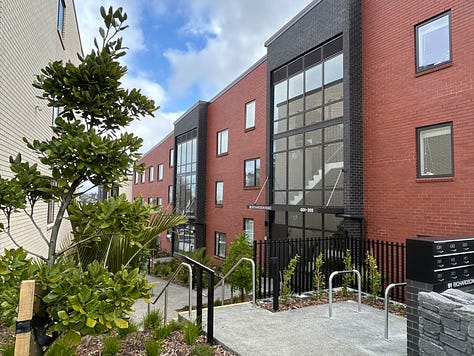
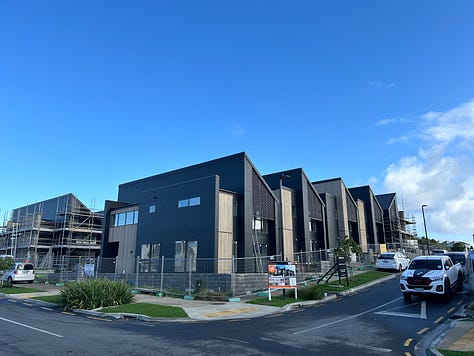
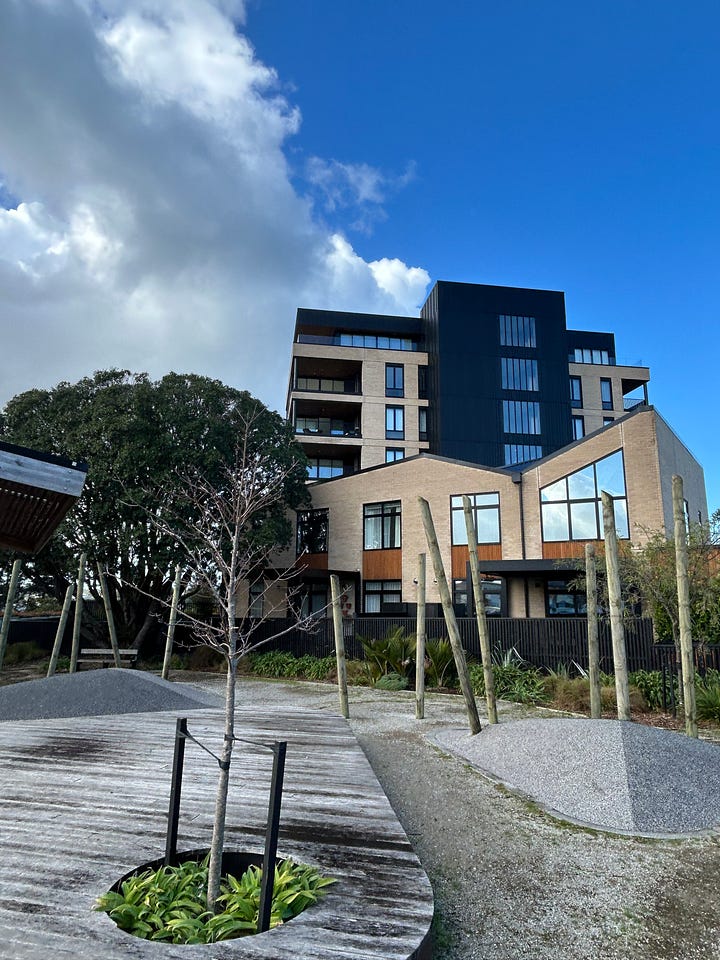
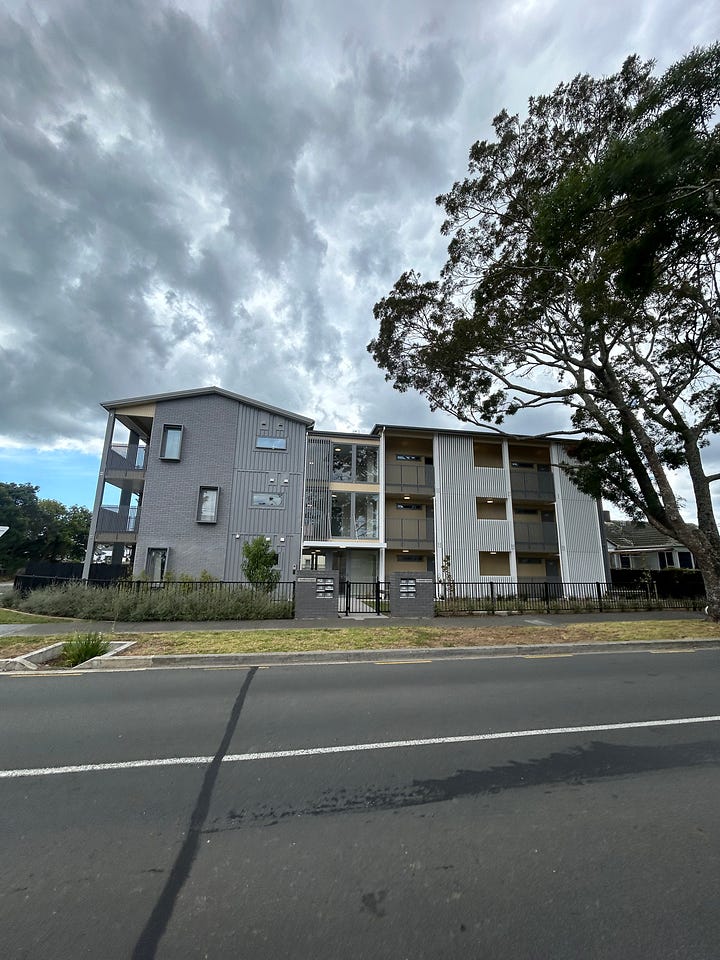
Another example is the Carrington Development which is under construction on the Unitec site in Mt Albert, with 4000 homes to be built when the development is fully completed, consisting of a mix of townhouses, walk-up units and apartments. The first building to be completed as part of the development at the end of the year: Toi delivering 65 homes, from studios to 3-bedroom apartments.
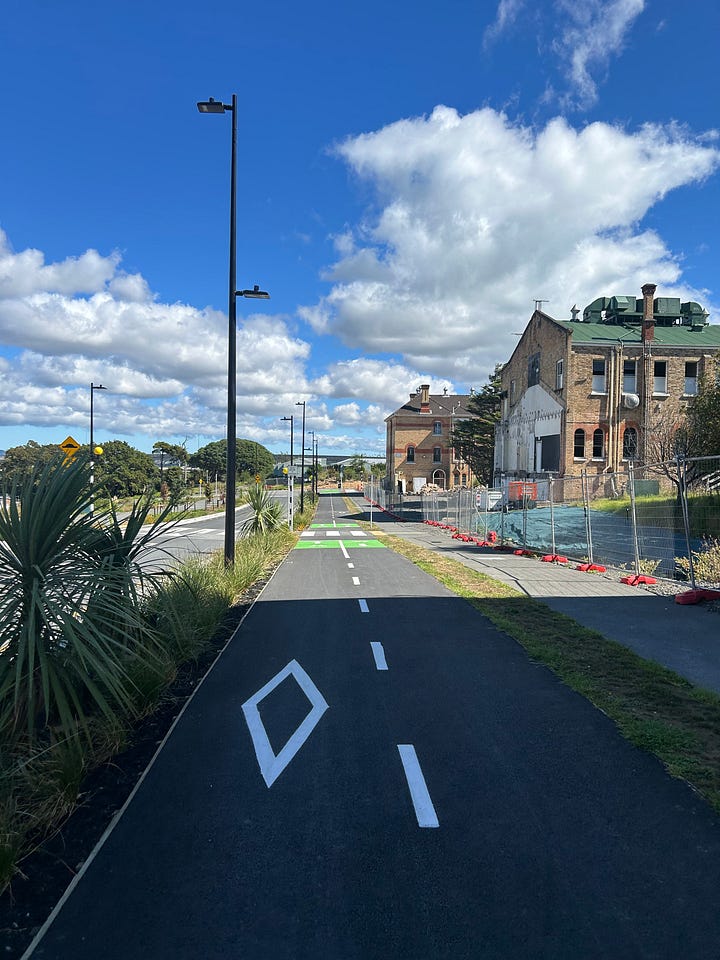
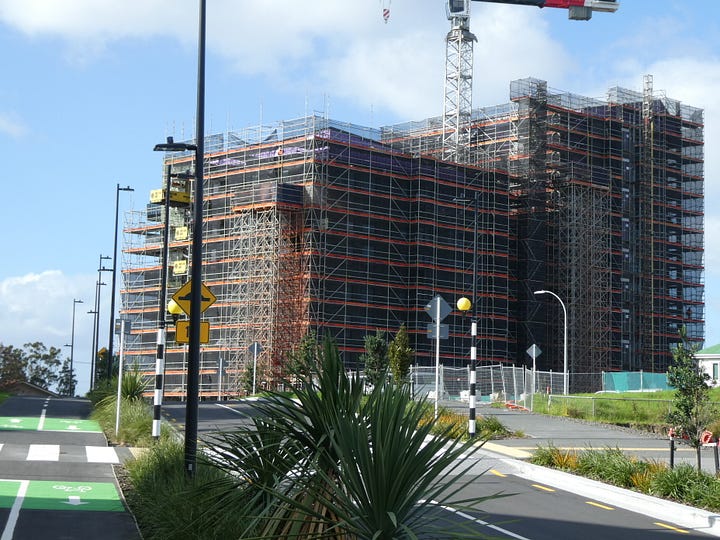
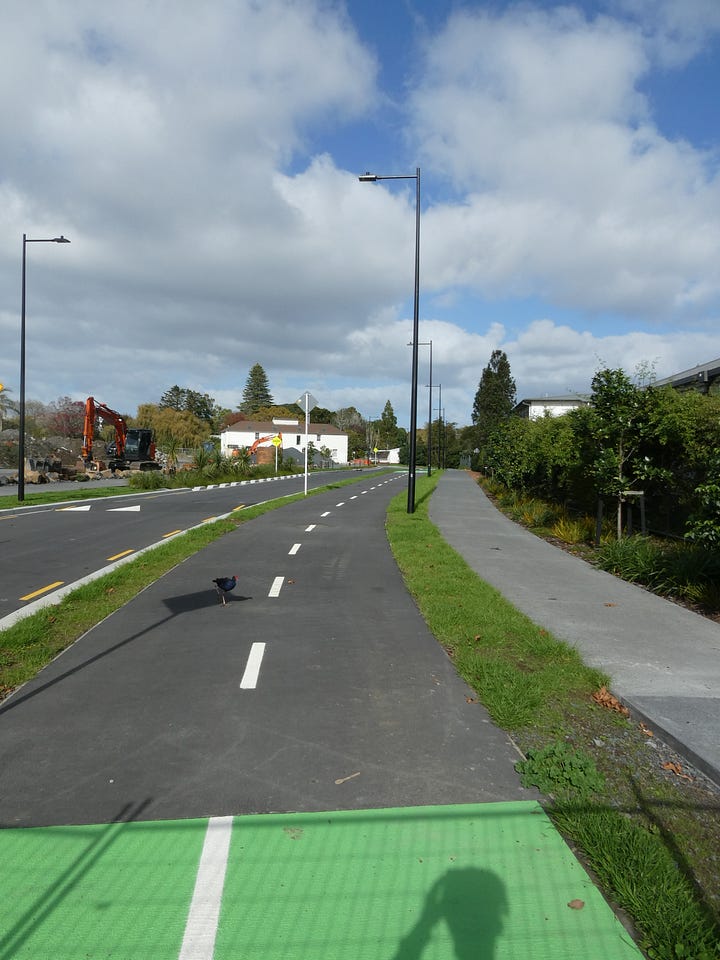
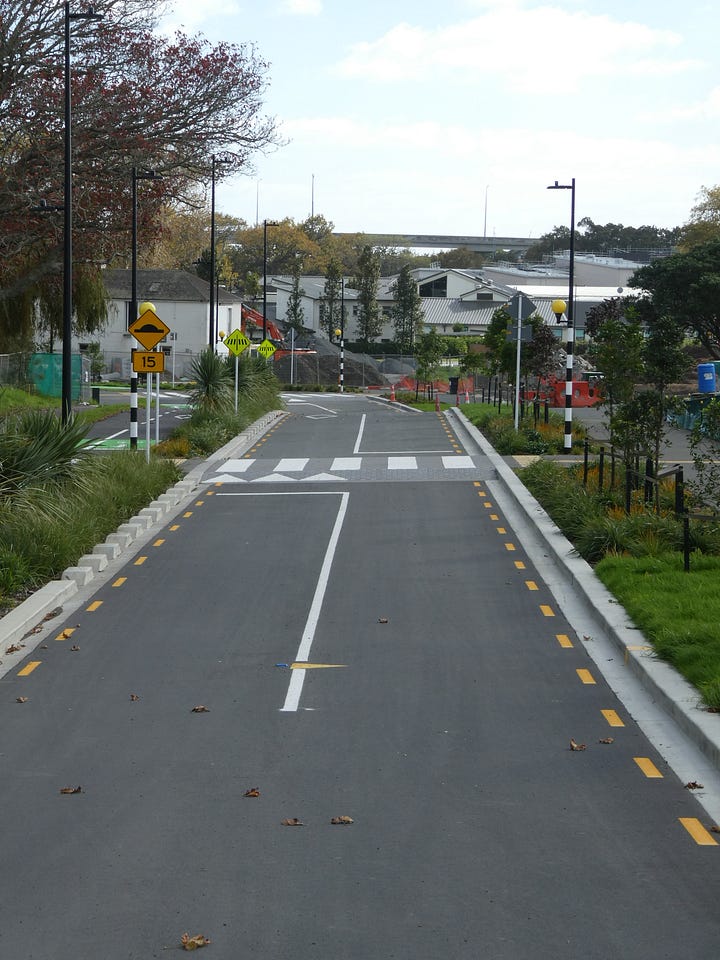
Spaces to connect with nature, our neighbours, and to play:
We’ll move to the next step, which is to add one tablespoon of green spaces and a tablespoon of recreational areas to our neighbourhoods to create spaces to connect with our treasured flora and fauna, to play and make our growing neighbourhoods more resilient. As I had previously discussed in the article I wrote last year (which you can read in the link below), increasing the amount of green spaces in our neighbourhoods is important for improving community wellbeing by creating places for families to have a picnic under the trees or to play a game of rugby or cricket. Also, it will increase our biodiversity, reduce the urban heat island effects, so our urban environments can be cooler during our summer months and reduce the risk of flooding during major rainfall events.
Northcote is a good example of investing in new and existing green spaces and playgrounds to support the population growth of the area, with up to 1,700 homes being built in the suburb as part of the Northcote Development with Kāinga Ora alongside Eke Panuku and Auckland Council working together to integrate new green spaces into these new developments. This has been achieved with Te Awa Awataha, which creates a green link throughout the development with new playgrounds and picnic areas along the greenway for residents to come together for events and a place for local children to play. Upgrades were made to Greenslade Reserve with new fitness equipment, seating, and public toilets, with improvements to drainage, with the reserve was lowered to prevent major flooding.
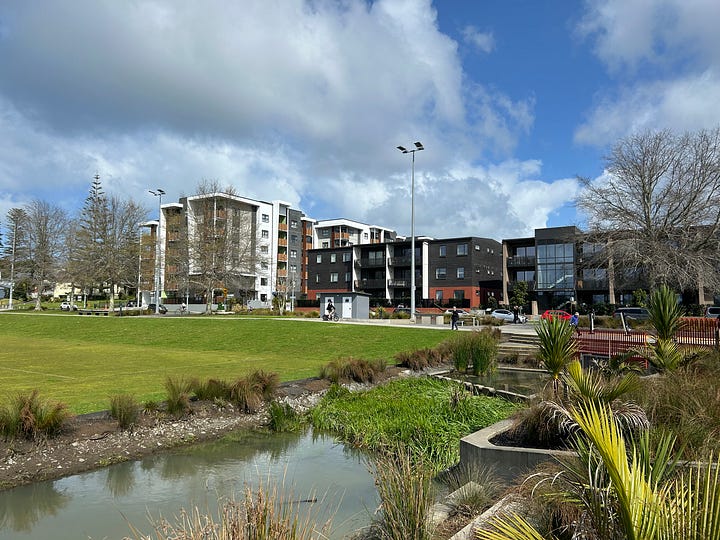



Close to the Northcote Development is Kauri Glen Reserve, a native bush reserve covered in 300 to 400-year-old native kauri and tānekaha trees. In April last year, the tracks in the reserve opened with a new treetop boardwalk located 18m above the valley floor, allowing residents to enjoy a bird‘s-eye view of the mature trees and waterfalls located below when out on a weekend walk. The track is step-free, making the boardwalk accessible to all.
Reshaping our streets:
The final ingredient to add to designing our streets from our neighbourhood streets to our major arterial roads to include public realm improvements such as spaces for outdoor dining to support local eateries, street trees and bioswales to increase tree canopy and biodiversity, and delivering more transport choices to move around such as wider footpaths, raised pedestrian crossings, cycleways, bus lanes, T2 or T3 lanes to support our neighbourhoods as they intensify and more people start calling those new apartments and townhouses their home.
A good example is the recently completed Point Chevalier Road, which has been transformed as part of the Point Chevalier and Westmere Improvements project. The project saw the delivery of infrastructure to help support the apartments and townhouses that have been built in the area in recent years, such as:
Safer walking and cycling trips to local shops and schools with cycleways and pedestrian crossings across the arterial road and raised crossings on side streets.
Improvements to bus stops include new bus shelters to catch the frequent bus routes that run down this road (OuterLink, 65 and 66) with T3 lanes so buses and those who carpool can avoid being stuck in traffic jams.
New street trees were planted.
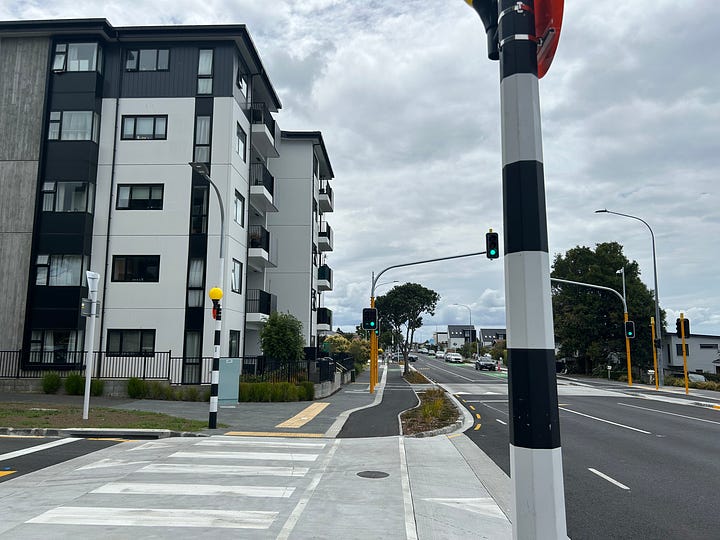
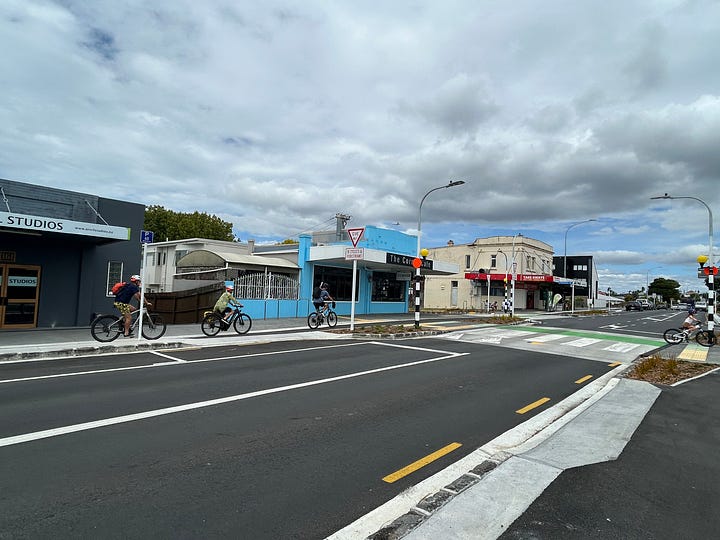
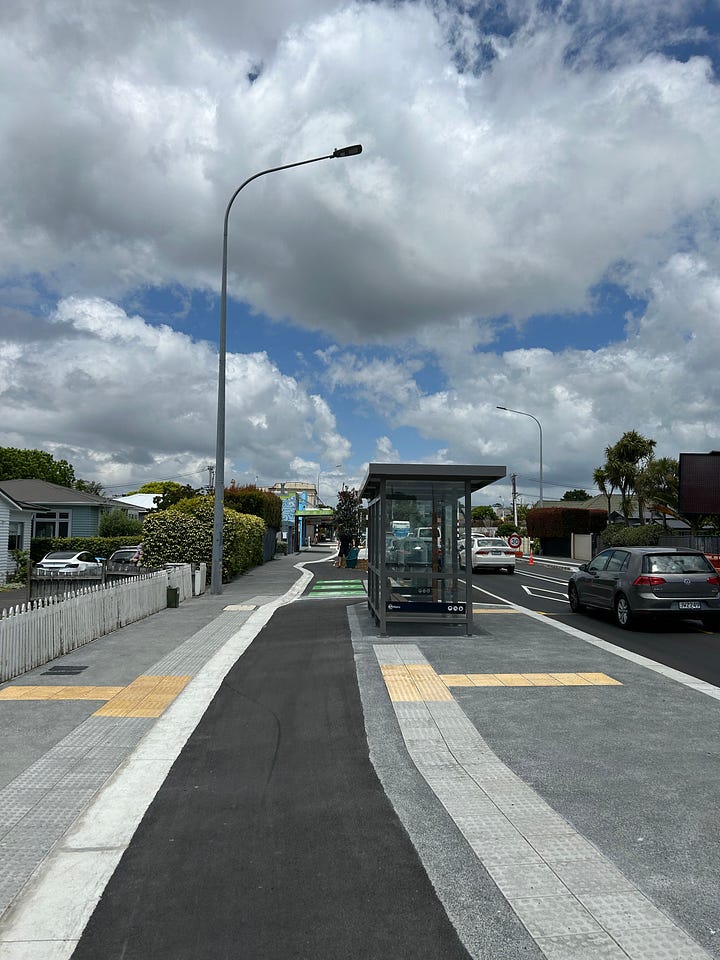
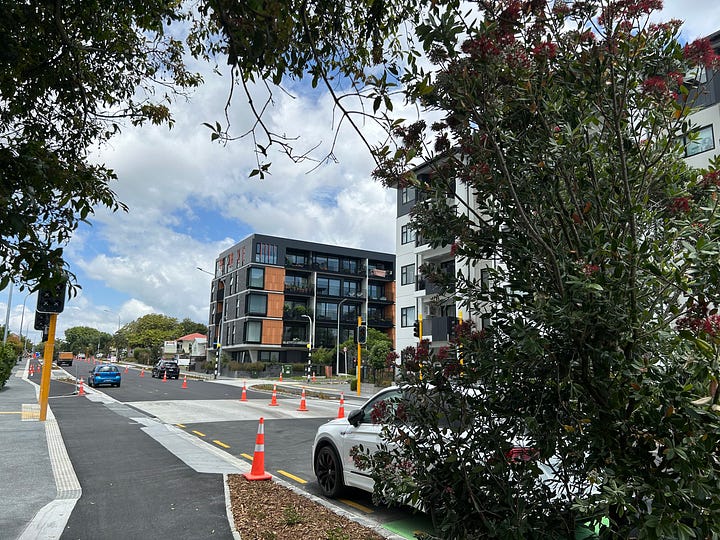
Later this year, on the other side of the Northwestern Motorway, work will begin on the Carrington Road improvements. These changes will see the road corridor redesigned with:
Bus lanes or T2/T3 lanes to improve journey times for buses, with improvements to be made to bus stops.
New crossings for pedestrians and cyclists, especially for those on the busy Northwestern Path, can be made across safely with raised crossings on the side streets.
The existing painted cycle lanes will be upgraded to become protected, connected to the new cycleways built in the Carrington Development, Point Chevalier Road and the existing Northwestern Path to the city centre and West Auckland.
New street trees and rain gardens to improve stormwater management.
These improvements will help support the population growth that will occur over the next 15 years as more of the Carrington Development gets built by delivering transport choices to get from A to B. These improvements are funded by the Government’s Infrastructure Acceleration Fund.
Conclusion:
As we mix our ingredients together and put them in the oven to bake, the components of these ingredients will help us create more thriving neighbourhoods and better urban environments to ensure the needs of existing and future residents are supported within the proximity of their homes, to make our cities great places to live.
Disclaimer: The views and opinions expressed in this article are my personal views.




